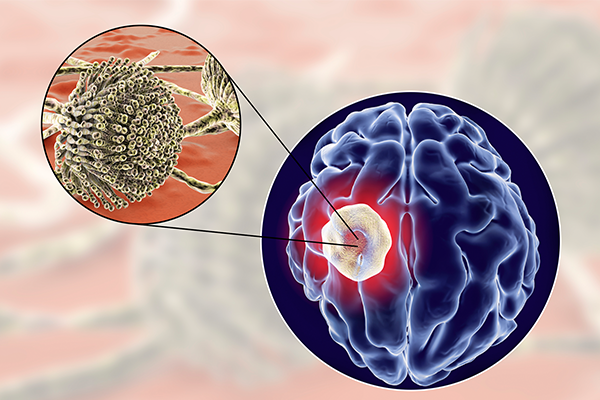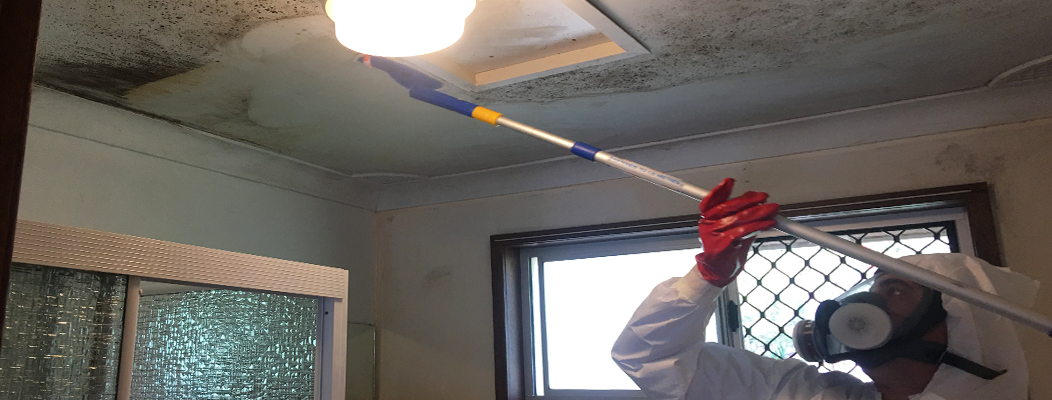If you have mould infection in your home, you are more prone to suffer respiratory problems, infections, asthma or allergies.
Considered as nature's recycler, mould is part of a group of organisms commonly known as fungi, which also includes edible mushrooms and yeast that is used to make bread and ferment wines. They are called nature's recycler as mould is responsible for recycling dead or decaying organic matter such as dead plant and animal life. Mould reproduces by releasing spores and this is where things get hairy. Tiny mould spores released into the air can be inhaled and make us sick. When microscopic mould spores are breathed in, they sit in our respiratory tract and lungs, and often times trigger all types of reactions.
Typical Mould Reactions

Mould spores are notorious for triggering allergic or histamine reactions which can lead to sore eyes, runny nose, breathing issues, lethargy and asthma attacks in the case of asthmatics.
The Institute of Medicine confirmed this through a study which found sufficient evidence to link exposure to indoor mould to coughing and wheezing in healthy people and asthma attacks, upper respiratory tract issues, and severe reactions in asthmatics or individuals with compromised immunities.
Other recent studies suggest that continued early exposure to mould spores can result in the development of asthma in potentially susceptible children. The thing that was made clear through the studies is that the effects of mould spore exposure are cumulative. Exposed to a small amount during a brief period will unlikely cause harm, but prolonged exposure may result in serious health implications.
Mycotoxins

About 5% of all types of moulds contain mycotoxins. Mycotoxins are toxic secondary metabolite (bi-product product) that possess the ability to cause disease and death in humans and other animals. Mycotoxins cause mycotoxis and can affect the function of various organs in a living organism. The most popular mycotoxin is the compound called penicillin. Penicillin is an amazing medical breakthrough but can be potentially deadly to individuals who suffer penicillin allergies.
The only way to determine if the mould you have in your home contains mycotoxins is through expensive and time-consuming lab testing. So instead of mould testing, it would be more advisable and cost-effective to treat and remove mould as though they contain harmful mycotoxins.
What should you do when you have mould?

Mould treatment and remediation requires removal of any existing mould while also addressing environmental issues that caused the growth of mould. Which happens when there is moisture where spores can breed or if the relative humidity is above 50%.
Treating Mould:
Minimal mould infestations can easily be treated using white vinegar. We highly recommend a mix of equal parts white vinegar and water. White vinegar's antifungal properties can kill 98% of all types of mould.
Using a spray bottle, spray the vinegar solution on the affected areas, allowing the solution to dwell for a short time before wiping off using a micro-fibre cloth. Repeat at least once to effectively treat mould growth.
Use sugar-soap to clean the area of any remaining mould stains.
How to Stop Mould From Returning:
As the old adage says: An ounce of prevention is worth a pound of cure. This is true with mould as well. It's basically easier to prevent mould growth than to cure the infestation. The rule of thumb is to remove the source of moisture and to maintain ideal humidity levels. Our quick checklist is as follows:
- Be on the lookout for leaks. Plumbing leaks in the wall and ceilings are the leading cause of mould infection.
- Increase ventilation, especially in bathrooms, showers or laundry rooms.
- Install dehumidifiers. These can range from small desiccant dehumidifiers such as a container of "damp-rid" to larger, more sophisticated wall-mounted dehumidifiers if you find mould to be an ongoing issue throughout the home.
For severe or continuous mould problems, consulting professional help is an option you should definitely consider. First-rate services, such as E-dry's Mould Cleaning is an effective way to completely remove mould. E-Dry mould remediation technicians will also offer practical and cost-effective recommendations to help prevent mould from returning.
SUBSCRIBE TO OUR NEWSLETTER
Sign up for email promotions, tips and special offers.



